“This shuts us down:" Potter Valley ranchers say PG&E cut water without warning amid dam removal fight
Residents blame dam politics for depletion of Lake Pillsbury before harvest, with fire season looming.
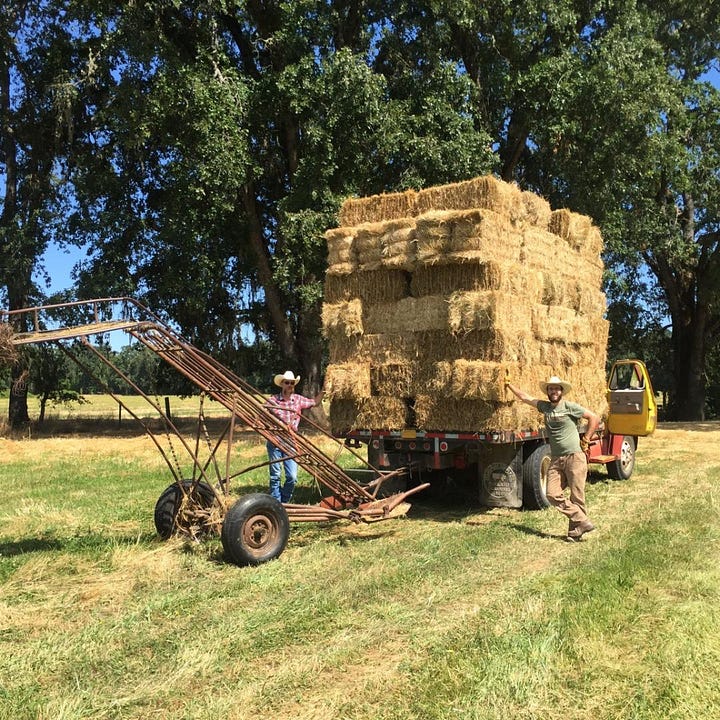
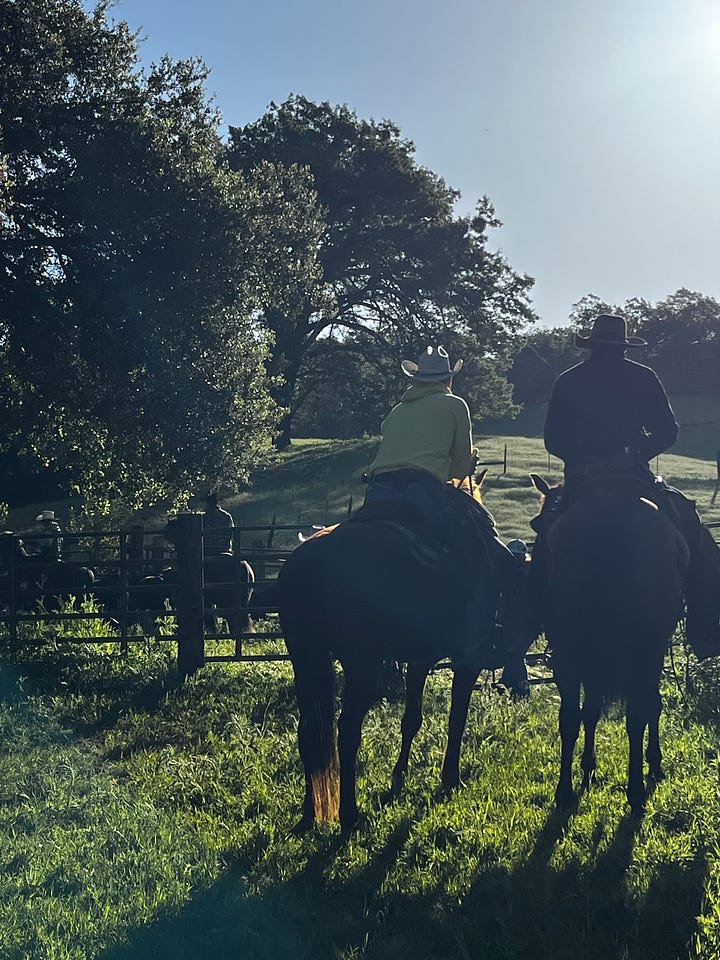
Water cutoff hits rural town in the middle of harvest and fire season
Potter Valley, a small California ranching and farming town in Northern California, says a major power company has cut their water supply without warning just two months before harvest—and in the middle of fire season. The water cuts come amid a fight over the town’s century-old dams, owned by Pacific Gas & Electric (PG&E).
“We’re looking at having to go out of business,” says cattle rancher Bernie Eckels.
Locals say PG&E stopped flows from Lake Pillsbury at a crucial time for agriculture.
“This happened two months before harvest,” says Ken Foster, a Potter Valley farmer. “Everyone is scrambling.”
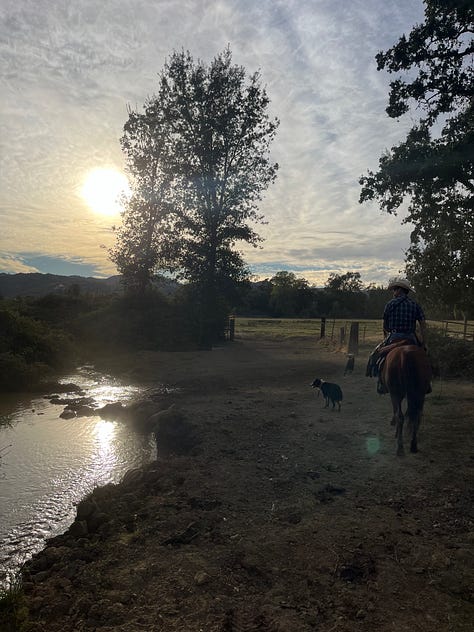

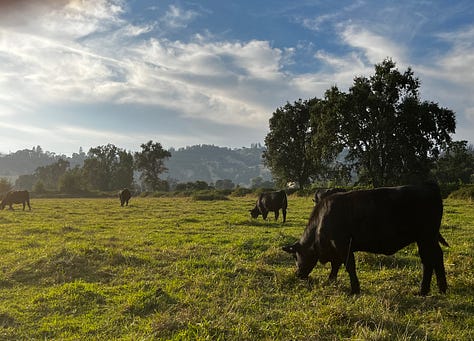


Since 2017, two of the three largest fires in California history started in Potter Valley. Without this water supply, residents say fire crews will have no water to fight fires.
“This affects us all,” says local farmer Guinness McFadden. “People irrigate their pastures just to make sure their domestic wells have water supply.”
Kay and Bernie Eckels are among those residents who rely on irrigation for their home well.
“This shuts us down,” Kay says, “And there was no notice. It affects everything. It affects our well, it affects the grass for the cows.”
Water cuts foreshadow dry future when dams are removed
For over a century, the Potter Valley Project has fueled agricultural communities in California’s North Coast region. The 110 year-old hydroelectric project is owned and operated by PG&E. It holds back a small percentage of water from the Eel River during the high-flow winter season—water that would otherwise be lost in the ocean.
This water—around 0.37% of the total flow of the Eel River—is stored in Lake Pillsbury, which is formed by Scott Dam. Cape Horn Dam helps divert that water through a tunnel into Potter Valley, and from there to the Russian River watershed, providing a water supply during the dry summer months for about 600,000 residents from Potter Valley to Marin County.
But after decades of lawsuits from environmental groups that claim the dams harm salmon, PG&E is seeking a green light from the federal government to decommission the hydroelectric project and tear both dams down, passing on the cost to ratepayers.
PG&E accused of sacrificing Potter Valley for “optics”
Some locals believe PG&E drained water from Lake Pillsbury to increase levels in Lake Mendocino, an important source of water for wealthier, more urban communities farther south in Sonoma and Marin counties.
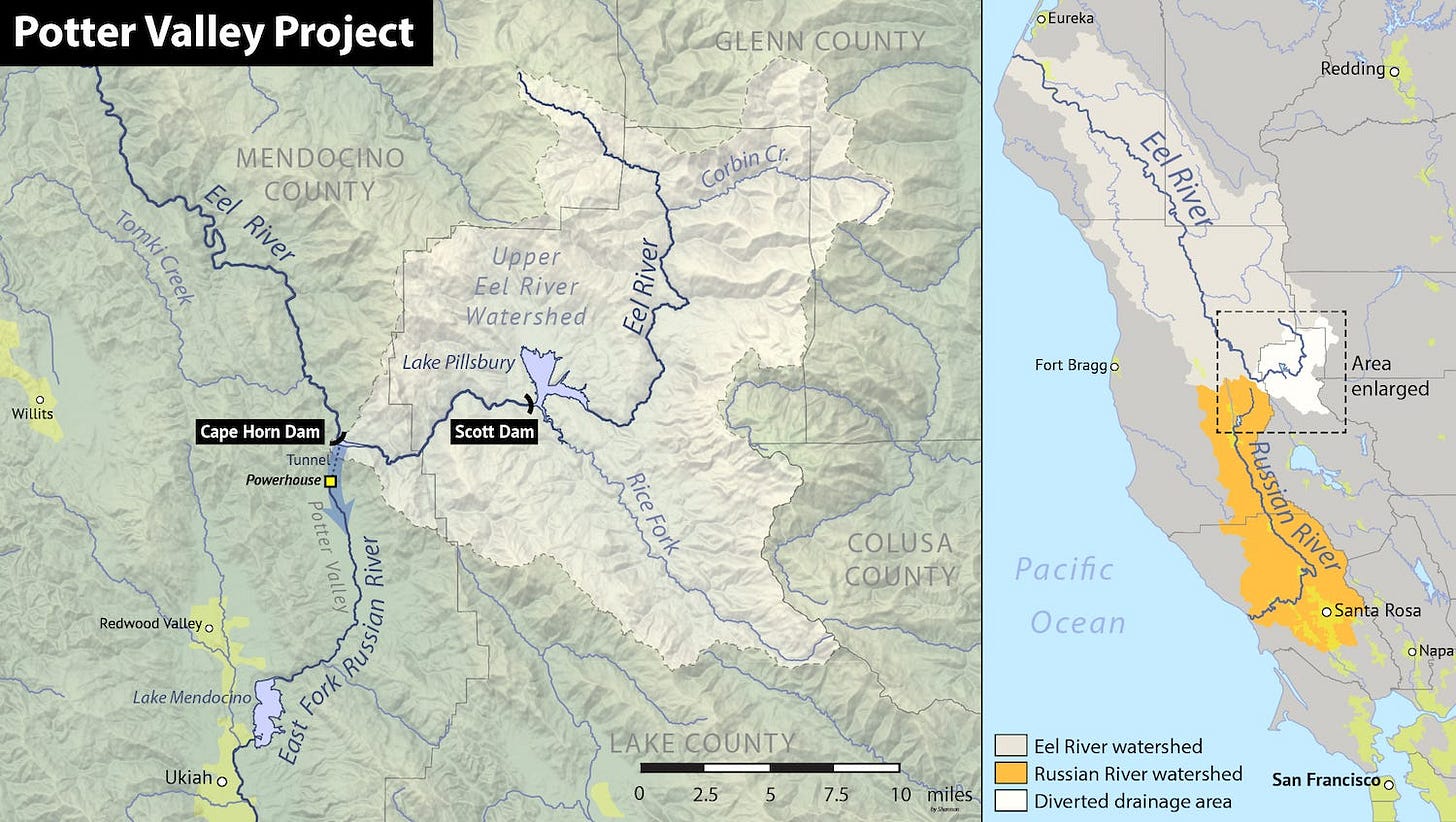
“I think the obvious reason behind this was to overfill Lake Mendocino,” says Foster, “Giving to those below Lake Mendocino the impression there is abundant water storage without Lake Pillsbury, which is misleading, and dishonest politics.”
He says the move is just “optics”—nothing more than political theater to allay fears around dam removal and hide the fact that Lake Mendocino will run dry about 6 years out of 10 without water from Lake Pillsbury.
“Lake Mendocino has virtually no ability to recharge in summer months without the snowpack flows and storage kept behind Scott Dam,” he says. “The fate of our crops, farms, and homes is in peril.”
Potter Valley rancher Matthew Delbar agrees. He feels Potter Valley is being sacrificed for the bigger cause of pushing dam removal through.
“It’s to save face. Overfilling Lake Mendocino really shows the need for Lake Pillsbury. Without it, Lake Mendocino would go from plumb full to empty in half a season.”
Other sources say mismanagement is to blame. In February, PG&E requested permission to reduce the flows mandated by the National Marine Fisheries Service out of Lake Pillsbury in order to preserve water, given reduced levels in the lake. The Federal Energy Regulatory Commission (FERC) did not approve the request until August 4, leading to the sudden water cuts that left farmers and locals feeling blindsided.
“Ultimately, this is PG&E’s mismanagement at fault here,” says an anonymous source with knowledge. “They got themselves in a hole by keeping the lake low, and now the farmers and residents are going to have to suffer the consequences.”
FERC questions, then backs PG&E decision
On July 28, FERC wrote to PG&E questioning the request by PG&E to reduce flows out of Lake Pillsbury to Potter Valley, and requested a response within 60 days. The letter lists a number of potential issues with these releases including impact on salmon and trout populations.
Six days later, FERC reportedly approved PG&E’s request to cut water to Potter Valley, without any known response to their questions from PG&E.
McFadden says the move effectively canceled pre-existing water rights without warning.
“When they cut the river flow, they totally reneged on our water rights,” he says. “There are 65 appropriative water rights from the powerhouse discharge to Lake Mendocino. PG&E’s arbitrary cut wiped them out.”
PG&E’s media office could not be reached for comment.
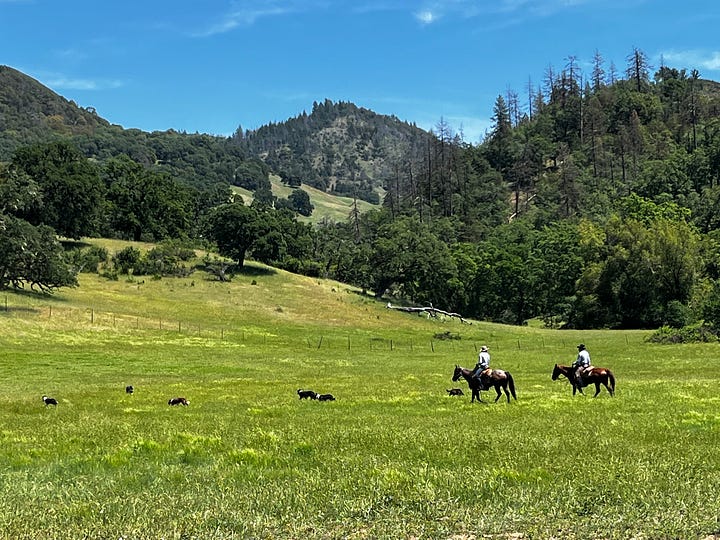
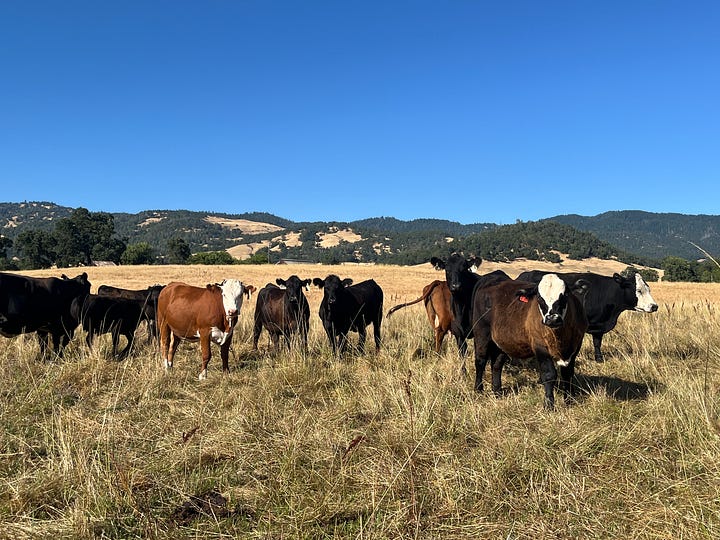
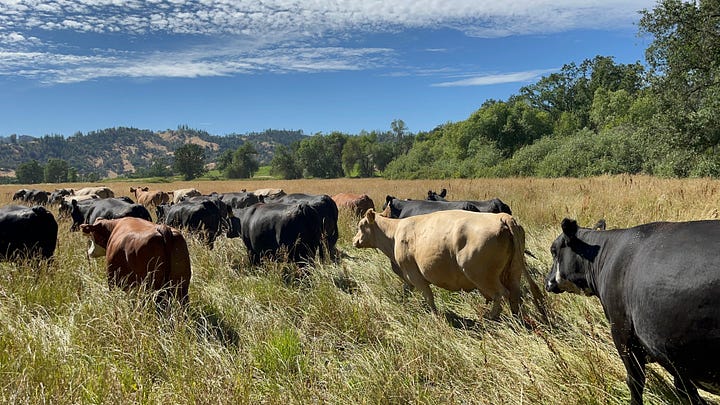
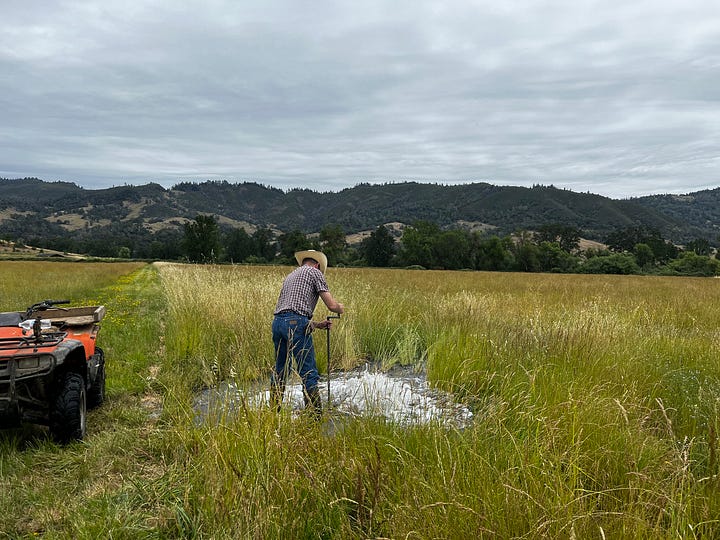
Locals look to Trump administration for help
PG&E submitted its final decommissioning application for the Potter Valley Project to FERC on July 25.
Tearing down hydroelectric dams conflicts with the Trump administration’s emphasis on expanding domestic energy production. Locals want FERC to reject PG&E’s plan because it would have a devastating economic and environmental impact on their community.
“This is green, decentralized energy,” McFadden says. “It could power 2000-3000 homes. Decentralized power plants are incredibly important. If one power plant goes down, it won’t affect everyone.”
However, the August 4 approval from FERC allowing PG&E’s to cut water from Lake Pillsbury to Potter Valley, at a crucial time for harvest and fire considerations, have residents worried FERC will ultimately ignore their pleas to save the dams.
FERC and the Department of Energy did not respond to requests for comment.
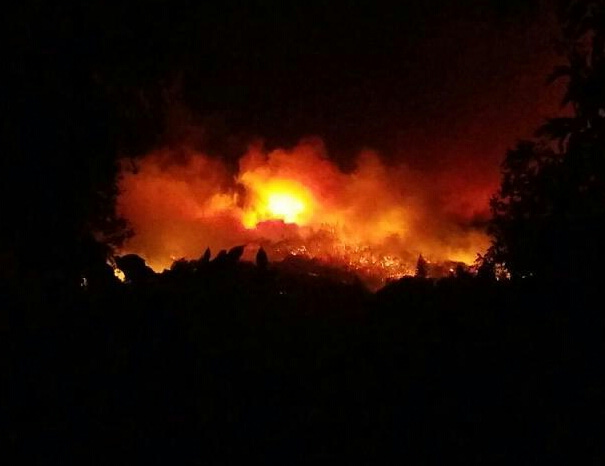
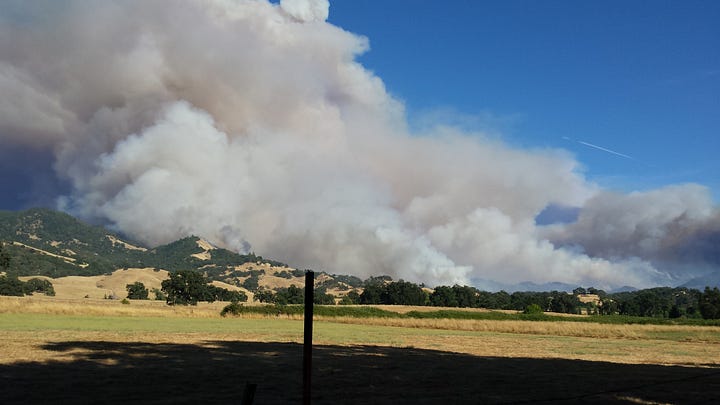
The truth behind the sudden water cuts, especially after a good rain year, has locals confused. Whatever the chain of events leading up to these cuts, my anonymous source says the situation is a harbinger of what’s to come for the region.
“Bottom line, PG&E’s mismanagement is costing farmers their livelihood,” he says. “This is a small taste of what’s to come permanently if PG&E has its way and they tear these dams out. It shows how cavalier these power players are with the lives of residents and ranchers.”
Plans to tear down Potter Valley dams serve political ambitions
Although state-regulated and not purely private, PG&E is a major political player in California. The company has extensive ties to state politicians including Governor Gavin Newsom and local representative, Congressman Jared Huffman.
Newsom, a frontrunner for the 2028 Democratic presidential primary, has made dam removals a hallmark of his governorship, pledging to fast-track a number of dam removals in his bid to be known as the nation’s most “environmentally-conscious” governor.
Most Potter Valley residents believe they are being ignored by their representatives, collateral damage for larger political ambitions. Facing a powerful collective of environmental NGOs and state politicians, they see the Trump administration as their last hope to preserve the water storage their community relies on.
“Water is a common denominator. Take that away and nothing lasts very long.”
Delbar’s family has raised cattle and sheep in Potter Valley for 166 years. Without water, he says, their ranch has no future.
“Without water to irrigate our fields and recharge our groundwater, we’ll lose our ability to produce hay and our best grazing ground,” he says. “We’ll lose the ability to provide great local beef and lamb to our community.”
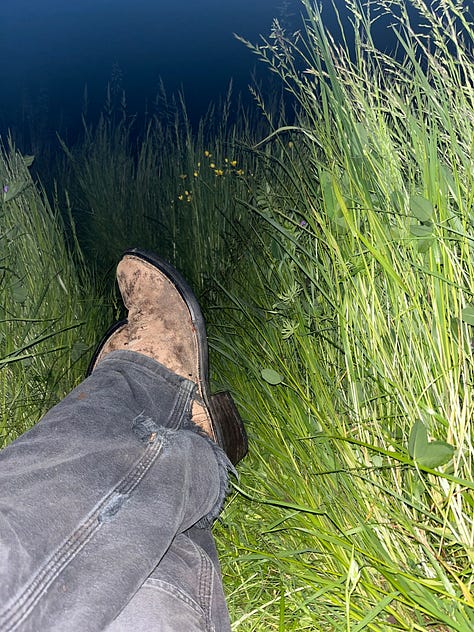

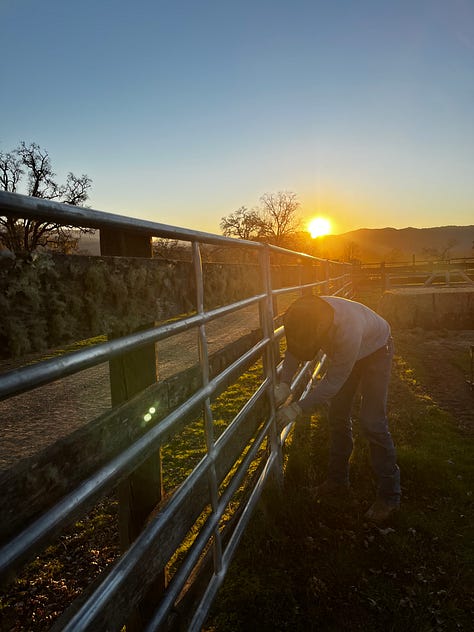
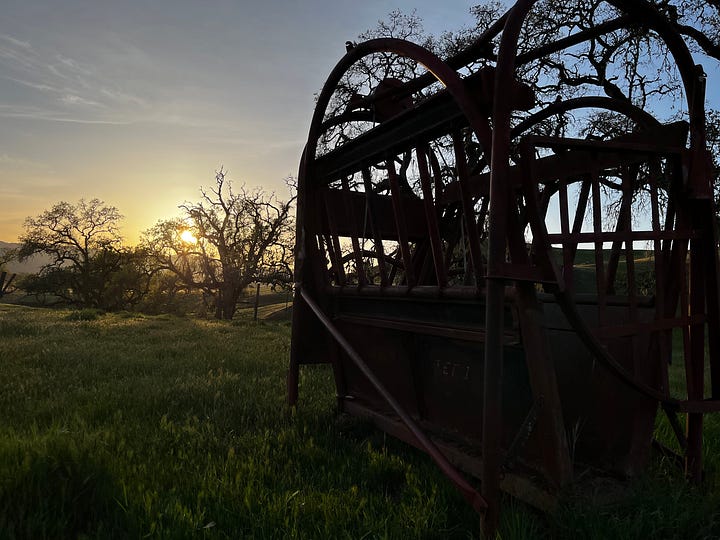
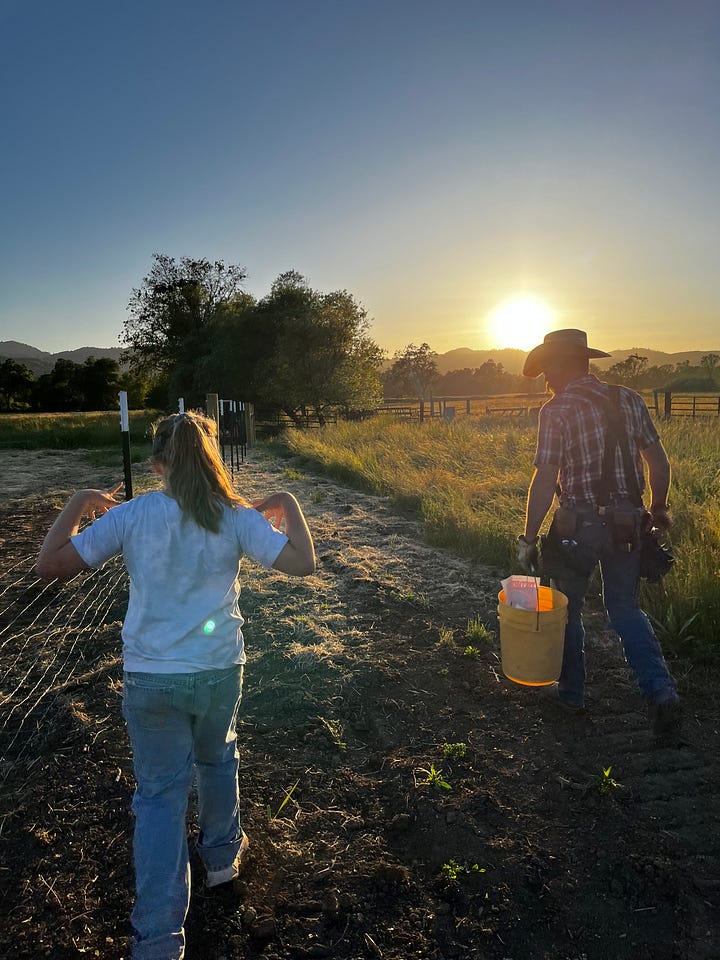
“The Potter Valley Project is crucial to the Potter Valley community, agriculture, wildlife, biodiversity,” says Maria Ghisletta Harvey, who runs cattle in Potter Valley.
She warns Potter Valley is just the canary in the coal mine.
“It’s easy to dismiss what’s going on when you don’t feel personally affected,” she says. “The more truth that we can spread regarding the impacts and repercussions of losing the Potter Valley Project, and with it local water storage that benefits hundreds of thousands of people, they will realize that they are affected. Water is a common denominator. Take that away and nothing lasts very long.”



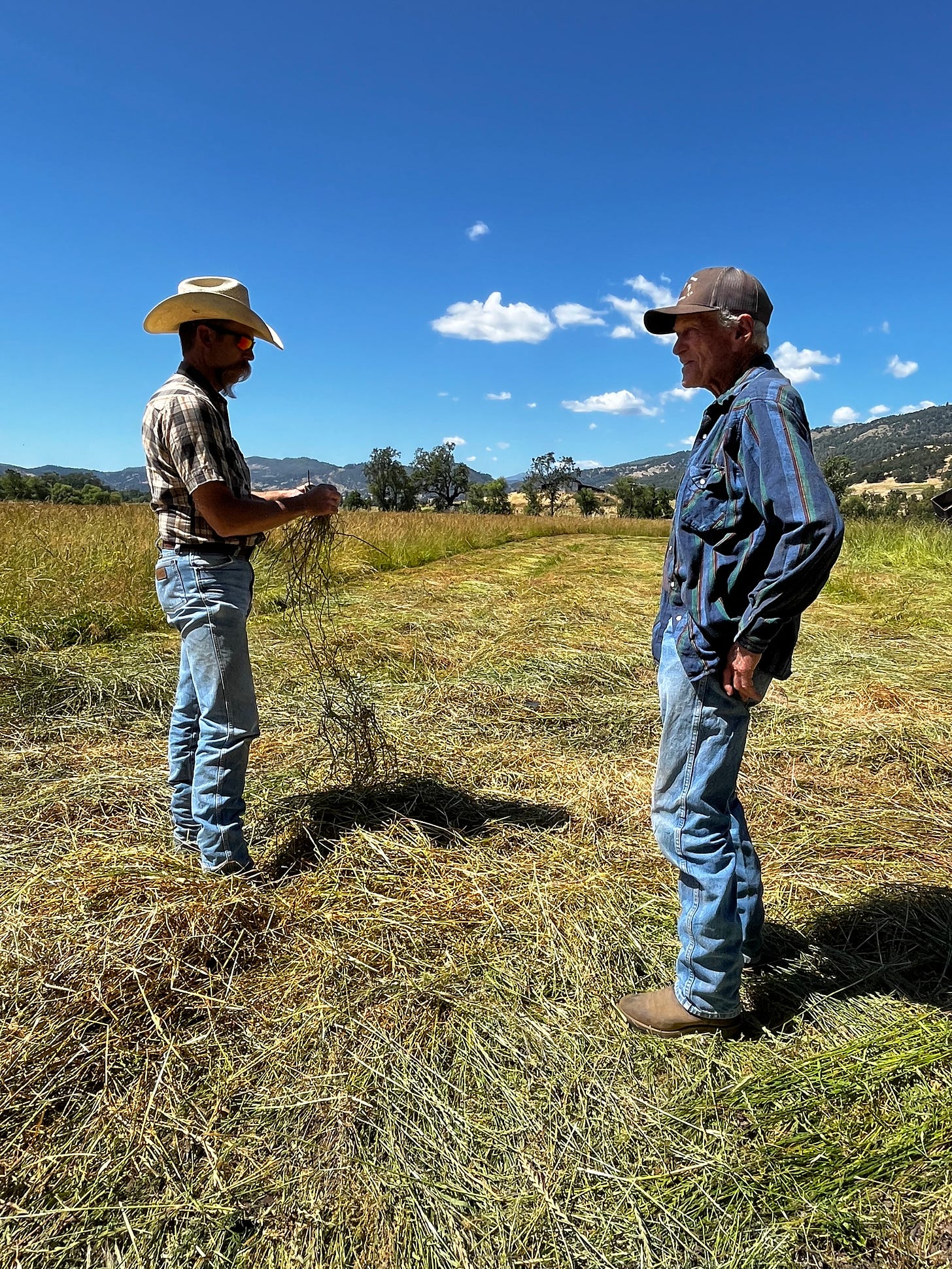

All over America, corporate interests (and NGOs) are taking away land and water. Is there a national coalition? We're having a big fight against a 66,000 acre reservoir in east Texas. Dallas, 150 miles away, wants to flood farms and ranches to support AI data centers and water parks.
Ellen Leyrer, www.PropertyRightsandFreedom.substack.com.
How does water rights work in a situation like this? Logic tells me PG&E can't remove your water without buying your water rights? If they removed your water, they should have to pay fair market value for the land they ruined. You could then move out of Commie California to a free state.